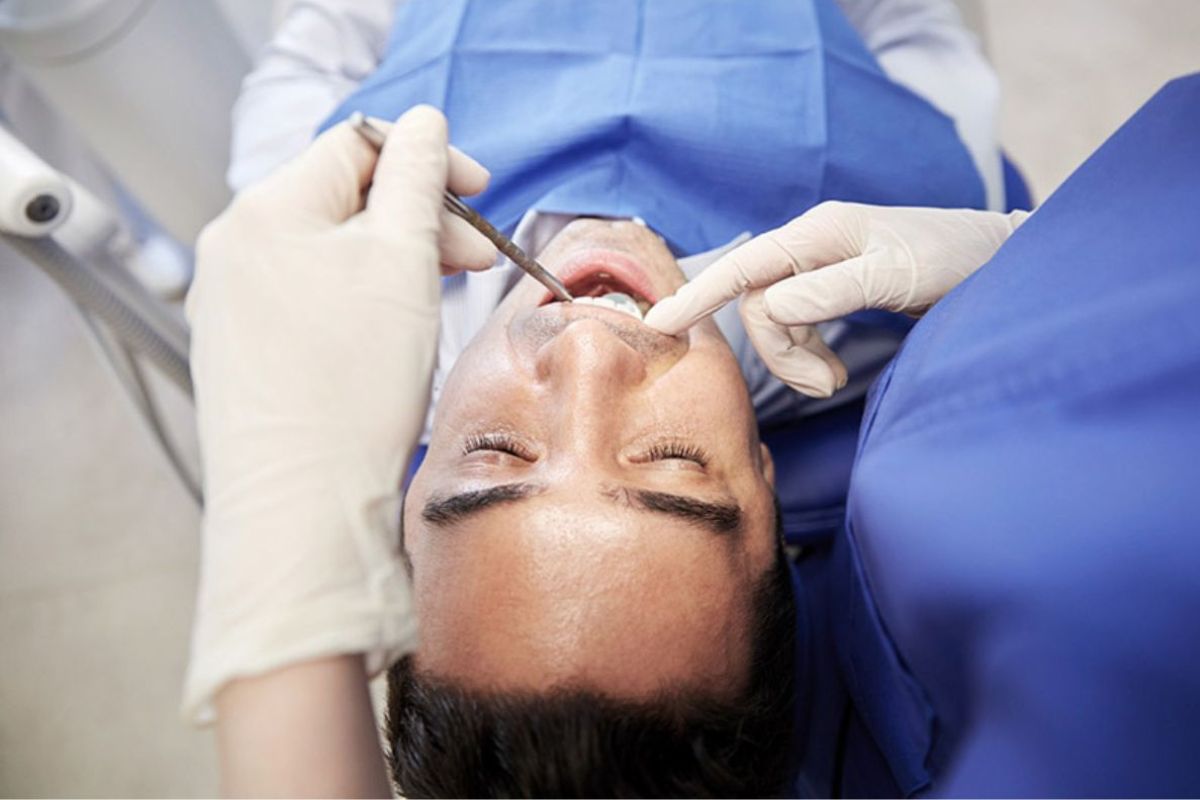Sedation is a medical practice designed to relax and calm a patient through the use of sedative drugs, easing their discomfort and anxiety during medical procedures. It’s a vital aspect of modern healthcare, enabling patients to undergo treatments and surgeries with reduced stress and pain. Let’s explore the types of sedation and what patients can expect from this process.
Types of Sedation
Minimal Sedation
This type of sedation, used by a periodontist near you, relaxes while allowing you to remain fully conscious. It’s commonly used for minor procedures or to reduce anxiety during routine medical exams. Patients under minimal sedation can respond to verbal cues and physical stimuli.
Moderate Sedation (Conscious Sedation): Patients are more relaxed but can still respond to commands or light stimulation. This form is often utilized for procedures like colonoscopies or dental treatments. Although patients might not remember much afterward, they remain conscious during the procedure.
Deep Sedation
This level of sedation brings patients to the edge of unconsciousness, where they might only respond to significant stimulation or repeated commands. Deep sedation is employed for more invasive surgeries, allowing patients to be comfortably unaware of the procedure.
General Anesthesia
This type induces complete unconsciousness, making patients unaware and unresponsive to external stimuli. It’s typically used by a periodontist in Los Angeles for complex surgeries or medical interventions where patients must be completely still and unaware.
What to Expect?
Before the Procedure
Discussion: Your medical background, allergies, and current medications will be reviewed to choose the best sedation method.
Instructions: Before the procedure, your doctor will provide precise guidelines regarding your dietary intake, specifying what you can eat or drink and any limitations to follow.
Consent: Before any sedation procedure, your healthcare provider will thoroughly explain the potential risks and benefits to ensure you have all the necessary information to make a well-informed decision.
During the Procedure
Monitoring: Vital signs such as heart rate, blood pressure, and oxygen levels will be monitored throughout the procedure.
Administration: The method of administering sedation varies based on the type used; it is commonly delivered through intravenous injection, orally ingested, or inhaled.
Comfort: The medical staff will ensure you’re comfortably positioned and at ease before the procedure commences, prioritizing your comfort throughout.
Communication: In cases of minimal to moderate sedation, you may be able to respond to simple commands or questions during the procedure.
After the Procedure
Recovery: After the procedure, you’ll be monitored in a recovery area until the effects of the sedation wear off.
Discharge: You may be able to leave the medical facility the same day. Still, if prolonged sedation or general anesthesia is administered, you may require some time to recover before returning home.
Post-procedure Care: Your doctor will provide instructions, including any necessary medications or follow-up appointments.
Risks and Considerations
While sedation is generally safe when administered by trained professionals, it’s not without risks. Sedation, while generally safe, carries potential risks. These may include respiratory issues like slowed breathing, allergic responses, and fluctuations in blood pressure. Additionally, specific health conditions or medications could heighten these risks.
Hence, maintaining open, honest conversations with your healthcare provider is pivotal. Sharing a detailed medical history and any ongoing medications assists in tailoring the sedation approach to mitigate potential complications, ensuring a safer and more personalized experience during procedures.
Summarizing Notes
In conclusion, sedation is a valuable tool in modern medicine, enabling patients to undergo various medical procedures with reduced discomfort and anxiety. Understanding the types of sedation and what to expect during the process allows patients to approach medical interventions more confidently and easily.
Remember, always follow your doctor’s instructions and openly communicate any concerns or questions regarding sedation. Your health and comfort are paramount in any medical procedure.
Nima Ebrahimi DDS, Successfully Practices Sedation Dentistry
Dr. Nima Ebrahimi, DDS, excels in sedation dentistry near you by customizing patient care. With thorough consultations, he tailors sedation methods to individual needs, ensuring comfort and safety.
Dr. Nima Ebrahimi emphasizes clear communication, easing patient concerns, and detailing the sedation process. His expertise spans various sedation levels, from minimal to deep, allowing for precise application suitable for diverse dental procedures.
Implementing stringent monitoring protocols, Dr. Nima Ebrahimi prioritizes patient well-being throughout the procedure. His compassionate approach and commitment to personalized care establish a trusting environment, enabling patients to undergo dental treatments with minimal anxiety and discomfort, reflecting his success in practising sedation dentistry in Los Angeles.
